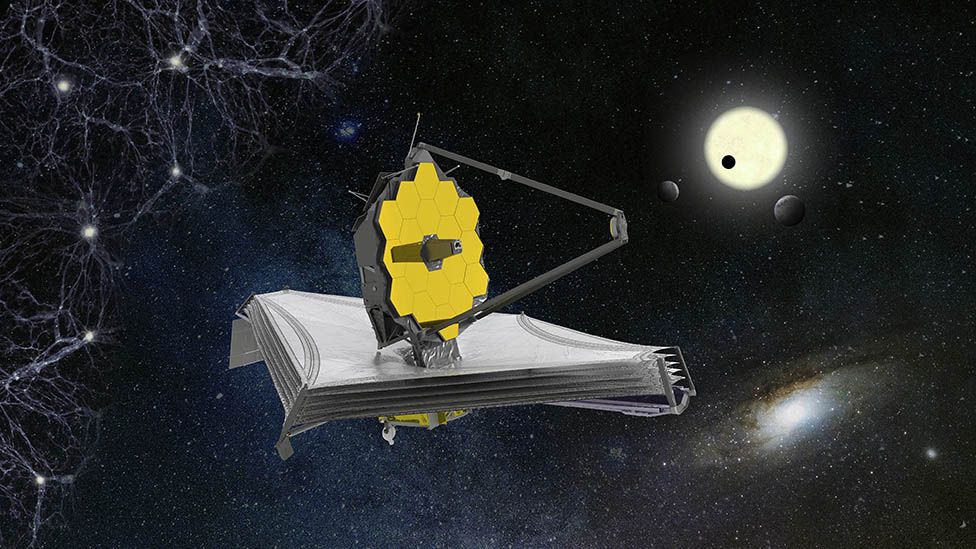The James Webb space telescope has successfully reached its destination 1.5 million kilometres from Earth.
The Hubble Space Telescope's successor reached its destination at around 21:00 CET on Monday and successfully orbited the Sun with the help of its engines. According to NASA, the operation went according to plan. The spacecraft will begin its scientific investigations in June and will take images of the L2 Lagrange point between the Earth and the Sun for about five to ten years.
A space device developed by the US, European and Canadian space agencies About James Webb, named after NASA's second director, was launched on 25 December at the Guiana Space Centre in French Guiana, after several postponements.
The 7-tonne space instrument is the world's most expensive space telescope, and thousands of researchers have worked on it, including the Hungarian astronomer Peter Abraham, Tamás Szalai and their colleagues. The idea to build the space telescope was conceived in 1996 at NASA, where the researchers were very optimistic about the total cost of the telescope, which was estimated at only $560 million and a launch date of 2007. The most advanced telescope in human history cost a little over $10 billion, or approximately $3,400 billion.
The incredibly complex James Webb will gather information about the earliest ages of the universe, exploring the cosmos, planets and moons within the Solar System, and the oldest and most distant galaxies, in the infrared region, largely absorbed by our planet's atmosphere.





















![[149] HyperOS heti hibajelentés](https://helloxiaomi.hu/wp-content/uploads/2024/04/hyperosbugreportindex-218x150.webp)

